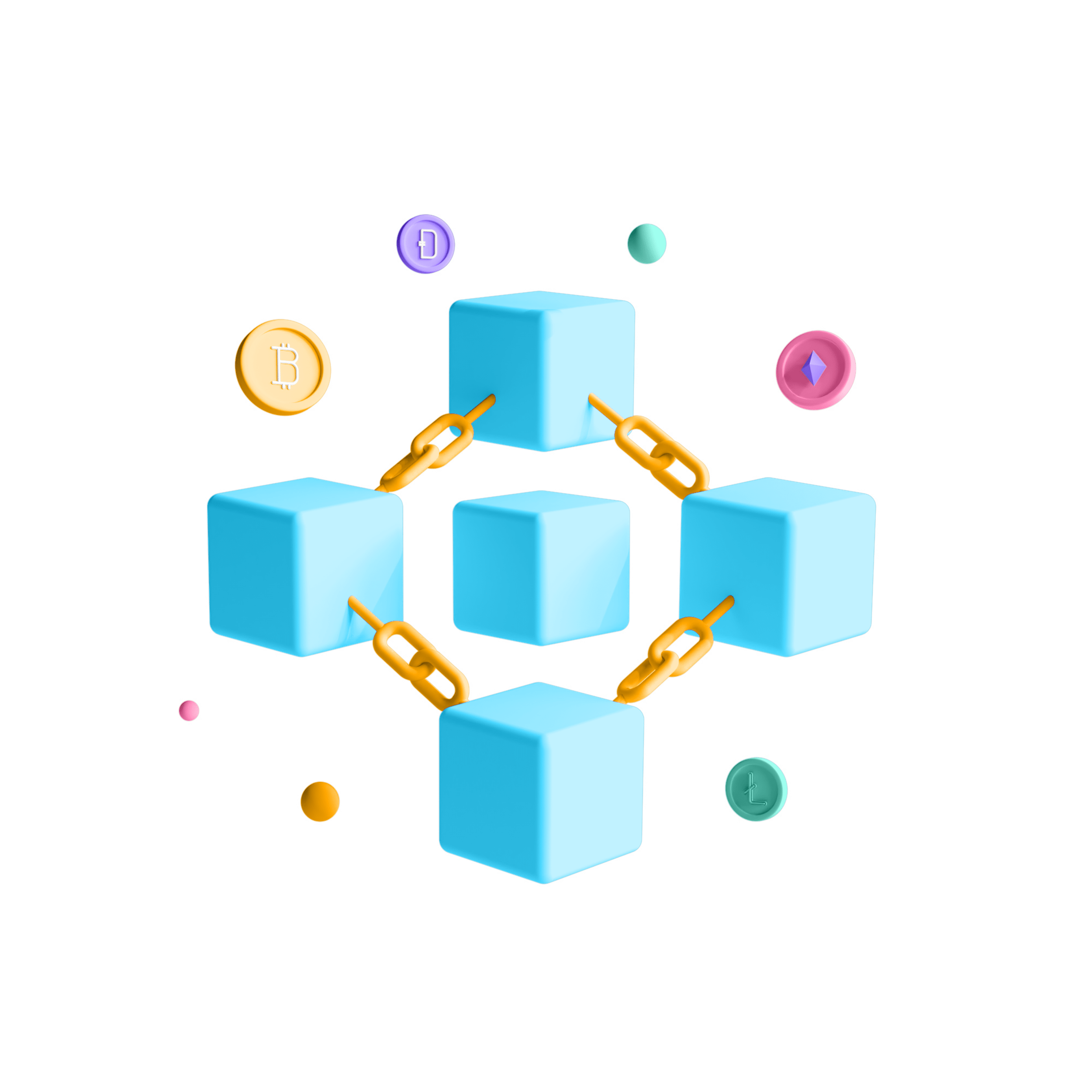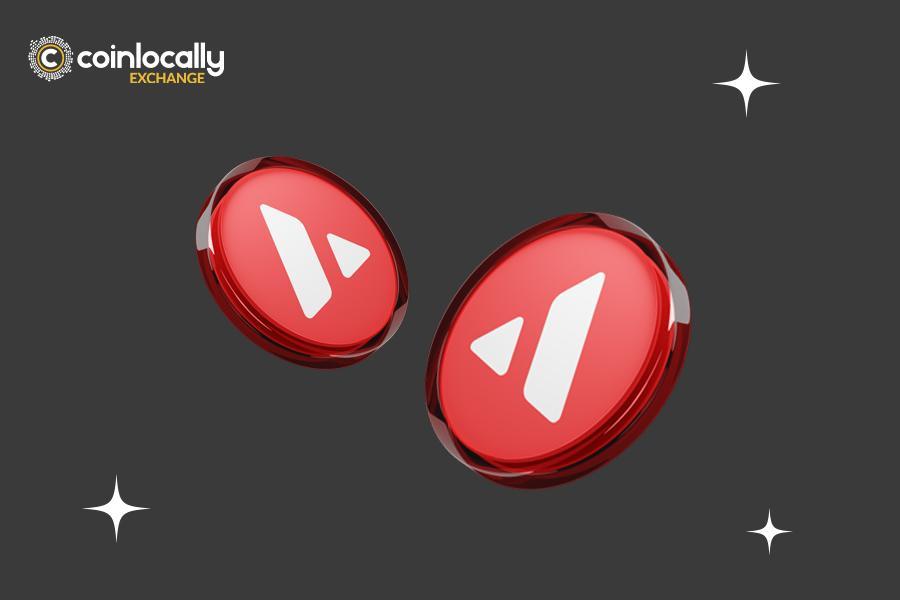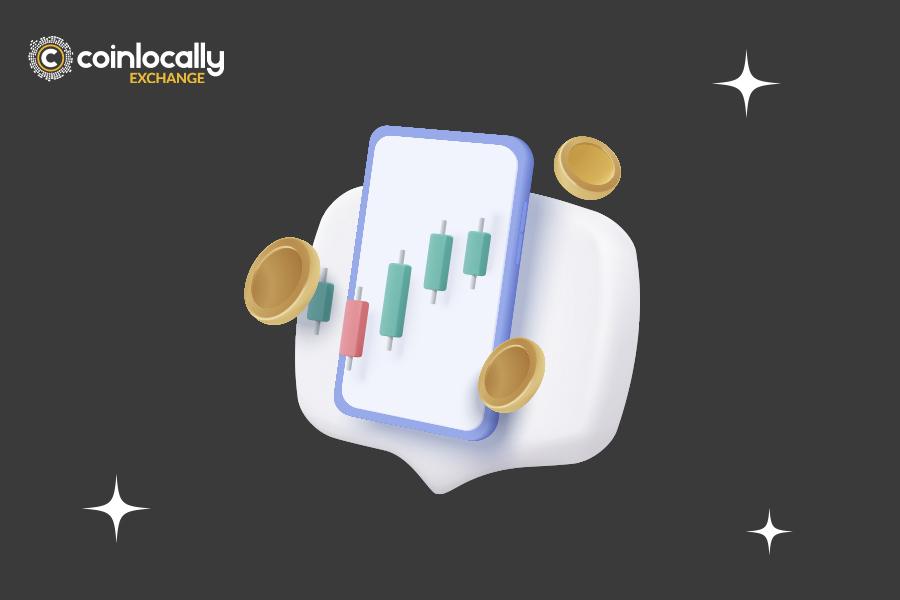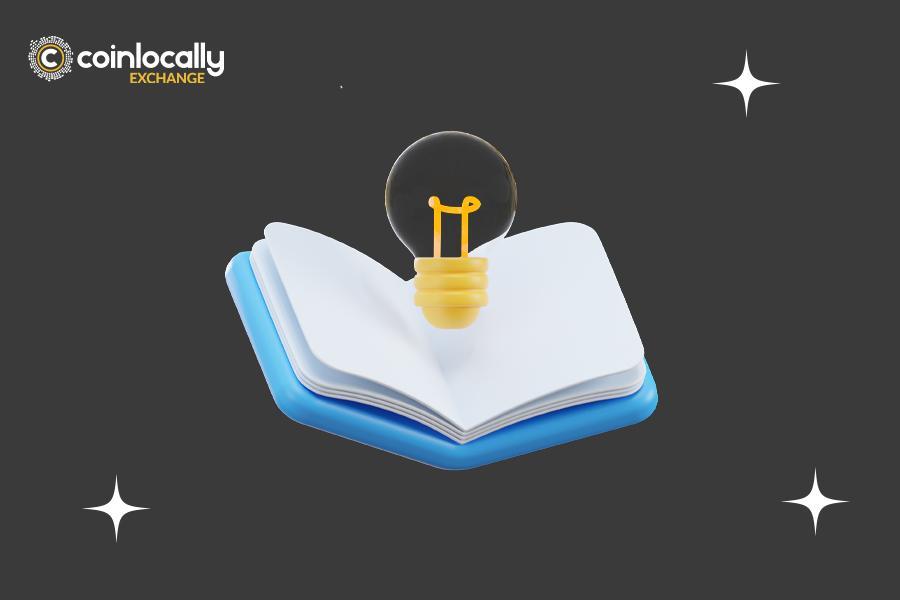Layer 1 blockchains (e.g., Bitcoin, Ethereum) are the basic networks that provide security, decentralization, and native functionality. Layer 2 blockchains (e.g., Polygon, Arbitrum) are built on top of Layer 1 to increase scalability, reduce transaction costs, and improve efficiency. Let’s compare blockchain Layer 1 vs. Layer 2 solutions to choose the one that best fits your needs.
Table of Contents
What Is Blockchain Scalability?
Blockchain scalability is a network’s ability to handle a large number of transactions without compromising performance.
As the number of users grows, scalability becomes more important because the blockchains need to remain efficient, cost-effective, and user-friendly without compromising security or decentralization.
It’s a key challenge in blockchain technology and is referred to as the blockchain trilemma, where scalability, security, and decentralization cannot all be optimized simultaneously.
Solutions to scalability challenges fall into two main categories: Layer 1 and Layer 2 blockchains. So, let’s compare blockchain Layer 1 vs. Layer 2 solutions to see what each one offers.
An Overview of Blockchain Layer-1
Layer 1 blockchains are the main networks that operate independently, such as Bitcoin, Ethereum, or Binance Smart Chain. They establish the foundational protocols and functionality, including consensus mechanisms, data storage, and network security.
Here are the main features of Layer 1 blockchain platforms
- They provide the base protocol for decentralized applications (DApps) and smart contracts.
- They ensure trustless transactions and high network security.
- They struggle with high transaction fees and slower processing during network congestion.
Learn More: The 10 Most Scalable Blockchains With The Fastest Transaction
An Overview of Blockchain Layer-2
Layer 2 refers to secondary protocols built on top of Layer 1 to address scalability and efficiency limitations. These solutions process transactions off-chain or use advanced mechanisms to improve network performance.
Layer 2 solutions reduce congestion and increase throughput while benefiting from Layer 1’s security and decentralization.
The main features of the Layer 2 blockchain networks include:
- Improved Scalability: They reduce transaction times and costs by offloading tasks from Layer 1.
- Interoperability: They work seamlessly with Layer 1 for finalizing transactions.
- Flexible Solutions: They support diverse scaling approaches like rollups, state channels, and sidechains.
To compare blockchain Layer 1 vs. Layer 2 solutions, we need to check the types of networks in each layer and their features.
Types of Layer 1 Blockchain Scaling Solutions
There are three main types of Layer 1 blockchain scaling solutions.
- Sharding: It divides the blockchain into smaller partitions, or shards, to process transactions in parallel.
- Consensus Mechanism Improvement: It involves switching from energy-intensive mechanisms like Proof of Work (PoW) to more efficient ones like Proof of Stake (PoS).
- Block Size Increase: By increasing the size of blocks, more transactions can be accommodated.
Types of Layer 2 Blockchain Scaling Solutions
Layer 2 blockchains provide the following solutions to target scaling issues.
- Rollups: They include ZK-Rollups and Optimistic Rollups that process transactions off-chain and store only compressed data on-chain.
- State Channels: Transactions are completed off-chain and settled on-chain.
- Plasma: It creates child chains that are linked to the main chain to increase processing speed.
Features and Functionality in Layer-1
Layer 1 blockchain networks provide decentralization, security, and consensus mechanisms. Decentralization enables trustless transactions.
Layer 1 solutions provide strong cryptographic protocols that protect data to improve security. They also offer different consensus mechanisms, including PoW, PoS, and DPoS, to meet different needs.
Cryptocurrencies like BTC, ETH, and SOL are part of Layer 1 and are necessary for various network operations, from government to staking.
The following table summarizes the main features and functionality in blockchain Layer 1.
| Feature | Description |
| Decentralization | Trustless, peer-to-peer transactions |
| Security | Ensures data integrity and safety |
| Consensus Mechanism | PoW, PoS, DPoS |
| Native Tokens | Integral to network operations |
Features and Functionality in Layer-2
Layer 2 solutions increase scalability and efficiency by processing transactions off-chain while maintaining Layer 1’s security. They increase throughput and transaction speed to increase scalability.
They reduce fees by moving activity off-chain and increase interoperability by being compatible with multiple Layer 1 networks.
The table below summarizes the main features and functions of Layer 2 solutions.
| Feature | Description |
| Scalability | Faster, more transactions processed |
| Lower Costs | Reduced transaction fees |
| Interoperability | Connects multiple Layer 1 chains |
| Security Inheritance | Utilizes Layer 1 security |
Comparing blockchain Layer 1 vs. Layer 2 solutions, we can observe the following advantages and disadvantages. So you can choose the platforms that meet your needs.
Learn More: What Is Shibarium Blockchain?
Advantages and Disadvantages of Layer-1
The main advantages and disadvantages of Layer solutions are provided in the table below.
| Advantages | Disadvantages |
| High security | Scalability issues |
| Fully decentralized | High transaction fees |
| Strong ecosystem | Slow transaction speed |
Advantages and Disadvantages of Layer-2
The following table shows the main advantages and disadvantages of Layer 2 scaling solutions.
| Advantages | Disadvantages |
| Improved scalability | Dependency on Layer 1 security |
| Cost efficiency | Possibility of centralization in some solutions |
| User experience | Complex infrastructure |
Now that we know the basics of both solutions, let’s compare blockchain Layer 1 vs. Layer 2 in a table to see which one can be a better option. Remember that there is no one solution for all problems. You need to choose based on your personal needs and goals.
Blockchain Layer 1 vs. Layer 2
Layer 1 and Layer 2 solutions address scalability differently. Layer 1 scales the base protocol, while Layer 2 optimizes transactions off-chain.
| Aspect | Layer 1 | Layer 2 |
| Scalability | Protocol improvements | Off-chain optimization |
| Security | Directly managed | Inherited from Layer 1 |
| Cost | High transaction fees | Lower transaction fees |
| Decentralization | Fully decentralized | Varies among networks |
Now that we have compared blockchain Layer 1 vs. Layer 2, let’s learn about the top Layer 1 and Layer 2 blockchains and their core features and use cases.
Top 5 Layer 1 Blockchains
- Bitcoin (BTC)
- Ethereum (ETH)
- Binance Smart Chain (BSC)
- Solana (SOL)
- Cardano (ADA)
Bitcoin (BTC)
Bitcoin is the first-ever blockchain, created by Satoshi Nakamoto in 2009, and is primarily used as a decentralized, secure store of value and digital currency.
Bitcoin uses a Proof of Work (PoW) consensus mechanism to ensure security and decentralization. It has a limited supply (21 million BTC), which adds to its deflationary nature.
Its main use cases include using it for digital payments, as a hedge against inflation, and storing value.
It is unique because its strong security and unmatched decentralization make it the gold standard of cryptocurrencies.
Ethereum (ETH)
Ethereum is a leading platform for DApps and smart contracts, which has transitioned to Proof of Stake (PoS) via Ethereum 2.0 to improve scalability and energy efficiency.
Additionally, Ethereum is the most widely adopted blockchain for DeFi, NFTs, and gaming. It is mainly used for smart contracts, DeFi platforms, NFT marketplaces, and gaming ecosystems.
Ethereum is unique because of its programmability and vast ecosystem of developers and projects.
Binance Smart Chain (BSC)
Binance Smart Chain (BSC) is another top Layer 1 solution with high speed and performance, low transaction costs, and DeFi support.
It operates on a Proof of Staked Authority (PoSA) consensus, which merges PoS and Delegated PoW.
It is mainly used in DeFi projects and decentralized exchanges for token swaps and yield farming. It is unique as it offers speed, affordability, and compatibility with Ethereum.
Solana (SOL)
Solana is a high-performance blockchain designed for scalability and low-cost transactions. It can be an ideal platform for gaming and NFTs.
Solana uses a unique Proof of History (PoH) consensus to achieve ultra-fast transaction speeds. With a high TPS, it can process over 65,000 transactions per second (TPS).
Solana is a preferred platform for gaming, NFTs, and decentralized applications that require high throughput. Its ability to handle massive workloads without compromising cost or speed makes it a unique Layer 1 solution.
Cardano (ADA)
Cardano (ADA) focuses on sustainability, scalability, interoperability, and academic research-driven development.
Cardano uses the Ouroboros Proof of Stake consensus mechanism to improve energy efficiency. It is also built on peer-reviewed academic research for strong development.
Cardano is mainly used for supply chain management, identity verification, and decentralized finance. Its commitment to scientific rigor and sustainability makes it a top Layer 1 solution.
Top 5 Layer 2 Blockchains
- Polygon (MATIC)
- Arbitrum
- Optimism
- Immutable X
- Loopring (LRC)
Polygon (MATIC)
Polygon (MATIC) is a versatile Layer 2 scaling solution for Ethereum with low fees and high throughput, offering a multichain ecosystem.
It combines multiple scaling technologies, including Plasma, sidechains, and ZK-Rollups, enabling low transaction fees and fast processing.
Polygon’s main use cases include DeFi, gaming, NFTs, and enterprise blockchain solutions. Its flexibility and compatibility with Ethereum’s ecosystem make it stand out.
Arbitrum
Arbitrum uses Optimistic Rollups to increase Ethereum’s scalability and significantly reduce transaction costs. It offloads transaction processing to Layer 2 while relying on Ethereum for security.
It is mainly used for DeFi applications, DApps, and token transactions. Its presence as a trusted scaling solution and strong developer adoption make it a unique Layer 2 solution.
Optimism
Optimism is another Optimistic Rollup scaling solution that emphasizes Ethereum compatibility. It prioritizes simplicity and compatibility with existing Ethereum-based projects.
It also reduces congestion and enhances throughput. It is unique because of its focus on maintaining Ethereum’s composability while improving efficiency. Optimism is mainly used for DeFi projects, token swaps, and gaming applications.
Immutable X
Immutable X is designed for NFT projects, offering gas-free transactions and high speeds. It uses ZK-Rollups for instant trade confirmation and zero gas fees.
It also supports large-scale NFT minting and trading without impacting Ethereum’s network, making it a suitable ecosystem for NFT platforms, gaming, and Metaverse applications.
Its exclusive focus on solving the NFT ecosystem’s scalability issues makes it a unique platform among all Layer 2 solutions.
Loopring (LRC)
Loopring (LRC) focuses on ZK-Rollups to process thousands of transactions per second quickly and enable low-cost trading on Ethereum. It is also designed for decentralized exchanges and payments.
Loopering is mainly used for DEX platforms, payments, and wallet integration. Its specialization in trading and DeFi applications makes it a distinctive platform.
Conclusion
Comparing blockchain Layer 1 vs. Layer 2 shows that Layer 1 provides decentralization and security, while Layer 2 offers solutions to overcome scalability challenges.
Understanding the top Layer 1 and Layer 2 blockchains allows users and developers to choose the right technology for their needs. Together, these layers improve blockchain technology and bring it to the mainstream.




